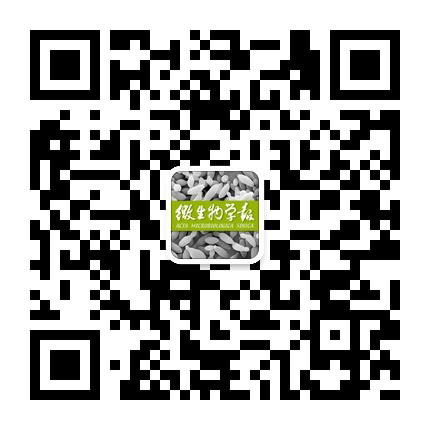沙门菌效应蛋白对宿主细胞的影响及分子机制
CSTR:
作者:
基金项目:
科技部“973计划”(2015CB554203)
Roles of Salmonella effectors in manipulating host cell function
Author:
引用本文
王佐强,姚玉峰. 沙门菌效应蛋白对宿主细胞的影响及分子机制[J]. 微生物学报, 2018, 58(7): 1158-1166
复制相关视频
分享
文章指标
- 点击次数:
- 下载次数:
- HTML阅读次数:
历史
- 收稿日期:2017-10-12
- 最后修改日期:2017-12-22
- 在线发布日期: 2018-07-05
文章二维码



